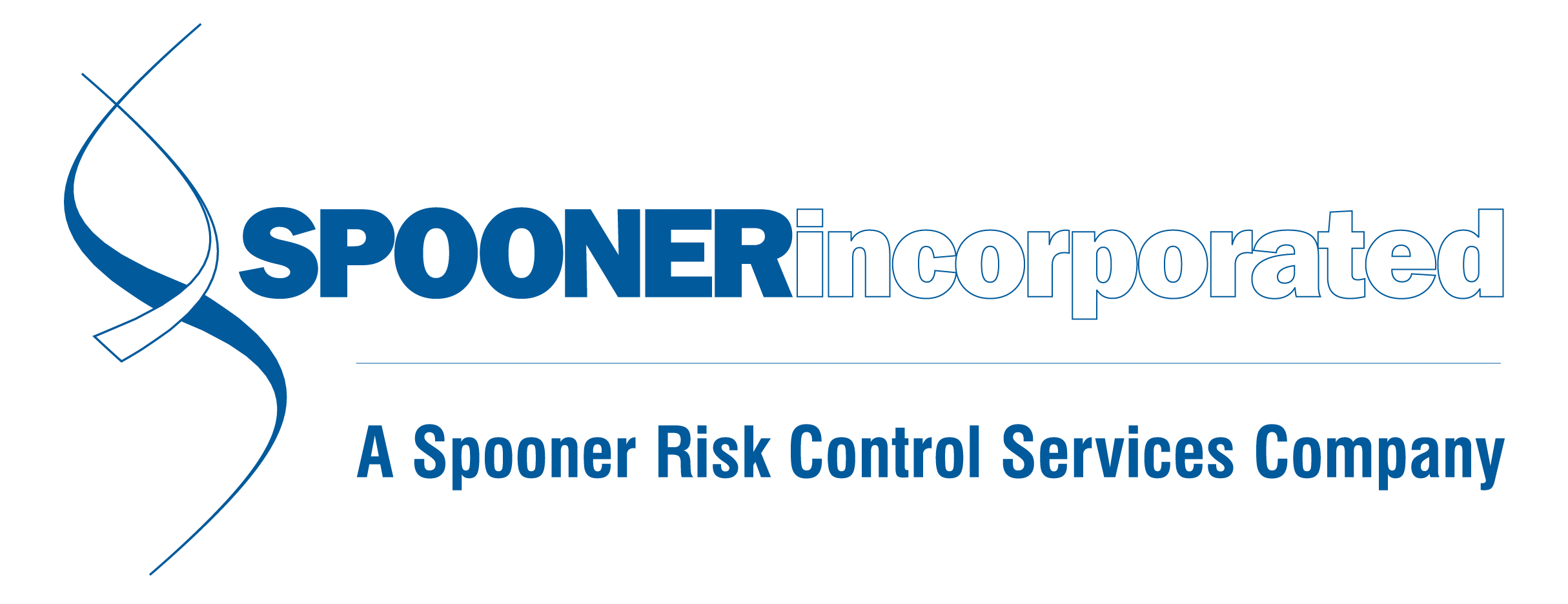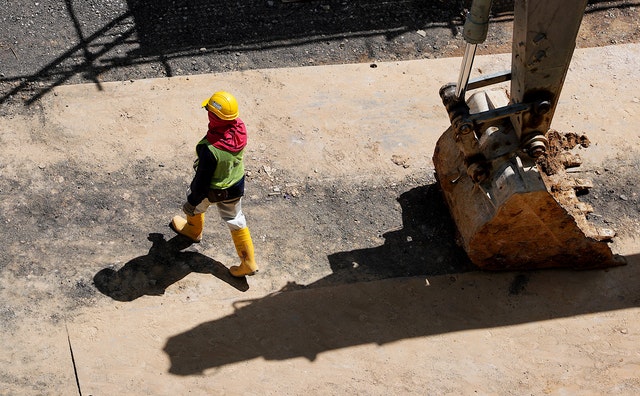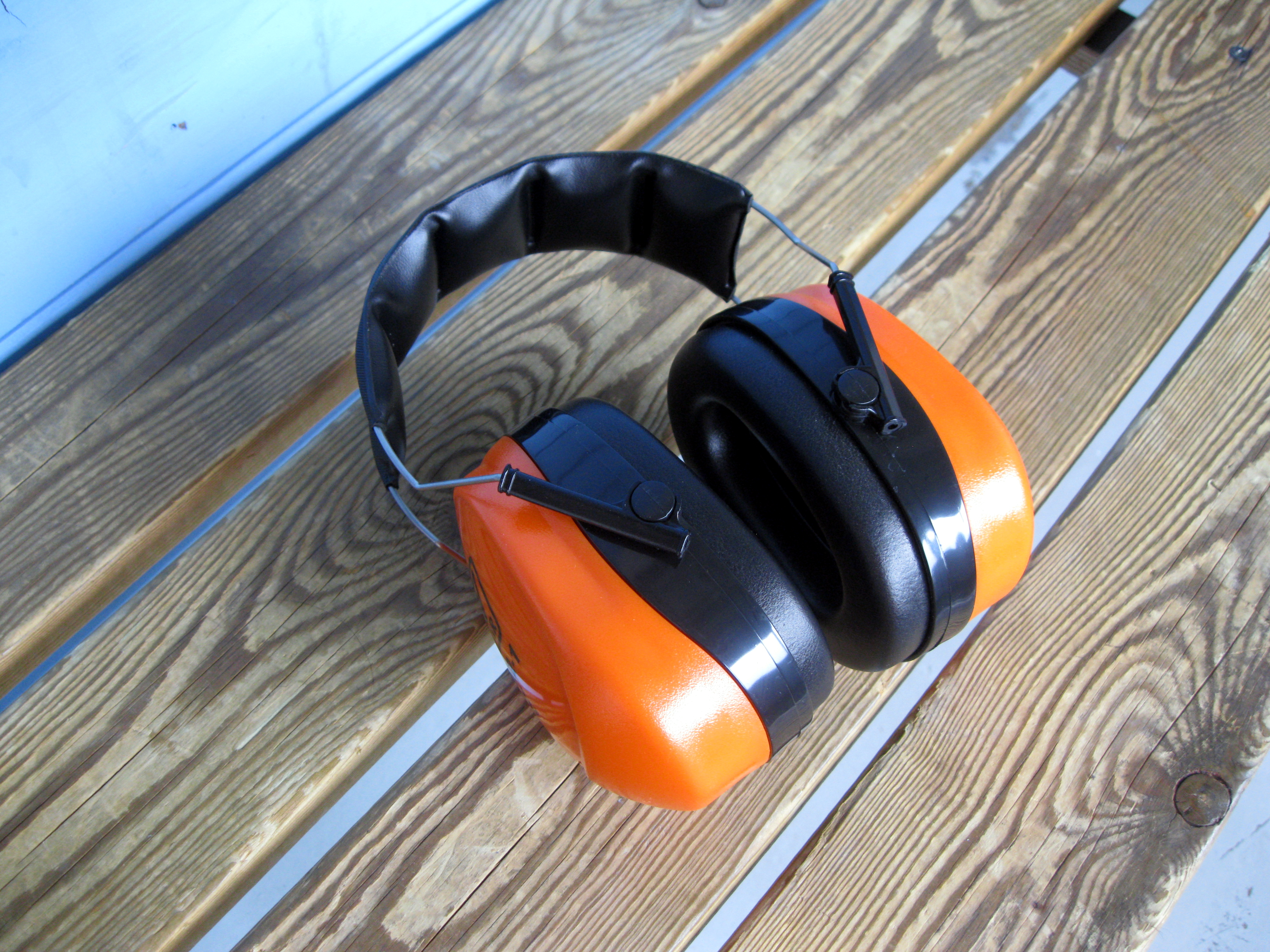News and Updates
Month: April 2022
OSHA Launches Emphasis Program on Heat Illness
There’s no shortage of OSHA emphasis programs lately, and now they’re giving you another thing to worry about. Earlier this week, the Department of Labor announced that OSHA has launched a new National Emphasis Program (NEP) to protect workers from both indoor and outdoor heat hazards. They’ll be conducting heat-related workplace inspections to get ahead of avoidable injuries, illness – or in some cases, fatalities. DoL Secretary Marty Walsh made the announcement at an event in Philadelphia on April 12, with the initiative already having been made effective on April 8. The plan is to encourage employers to take proactive steps to avoid illness and death for workers that are exposed to high heat conditions. The average number of deaths caused by heat-related illness has doubled since the 1990s. Employers who operate outdoors regularly are typically aware of these risks, but companies where most employees work indoors haven’t considered themselves at risk of answering to OSHA on this. Many large manufacturers are still operating with no air conditioning in their factories, and may only be providing bits and pieces of what employees need to stay safe in these stifling environments. The program will involve OSHA inspecting indoor and outdoor employer sites across 70+ high-risk industries, specifically in areas where an official heat warning or advisory has been issued. If it’s 804° F or higher, inspectors and com
Ohio BWC Substance Abuse Recovery Program
Last year, over 5,000 Ohioans died from a drug overdose – a number that has quietly increased since the COVID-19 pandemic began. The drugs behind the overdoses are all over the map, from fentanyl to methamphetamines. There is no denying that addiction is a public health crisis. With our state being an unfortunate hotspot of this type of activity, most of our lives have been touched by it in some way – as family members, as friends, and even as employers and co-workers. Not only can it be heart-breaking, but drug and alcohol abuse also costs American employers as much as $100 billion dollars each year in lost productivity, injuries, increased healthcare costs and costs associated with backfilling positions. Gov. Dewine has committed millions of dollars to helping Ohio businesses hire, manage and retain employees who are in recovery. The Substance Abuse Recovery and Workplace Safety Program will be administered through Ohio BWC and ADAMHS (Alcohol, Drug Addiction and Mental Health Services). The funds will go toward reimbursing employers for associated costs like policy development & review, employee & supervisor training, and drug testing. This is available to all state-fund employers in Ohio (reporting payroll and paying premiums to BWC), whose policies are in good standing. Participating employers will also gain access to Better You, Better Ohio – a cost-free wellness program typically only accessible to employers of certain sizes and industries.
Ohio’s HB 447 Clarifies Work-From-Home Comp Claims
House Bill 447 would set specific criteria that must be met by the claimant when a workers’ comp claim is filed by a remote worker. If passed, all three of the following requirements must be met by the claimant: the injury must arise out of their employment, caused by a special hazard of their employment, and be sustained in the course of an activity performed exclusively to the benefit of the employer. All of these conditions must be met for the claim to be considered compensable. The current law doesn’t truly differentiate between injuries sustained at the employer worksite from injuries sustained while working from home, which isn’t effective considering 30% of Ohio’s workforce is now remote. If passed by Ohio’s Senate, the bill will help prevent frivolous claims from remote employees, like this Florida claims adjuster who tripped over her dog while reaching for coffee. This bill seems to be interpreted differently depending on which side of the fence you’re on. Labor relations advocates feel it will prevent employees from filing a claim if they’ve suffered a work-related injury as a remote worker. You have to read HB 447 in its entirety to see that’s simply not the case. This will still allow for valid, genuinely work-related claims to be filed and compensated – provided the same criteria are met as would be required for an employer worksite injury. Most importantly, this bill spells out what will not be co
OSHA Hearing Conservation: How Loud Is Too Loud?
We mentioned back in August that OSHA’s Region 5 would begin a Regional Emphasis Program (REP) on Exposure to Noise Hazards in the Workplace. This brings up a question that our safety team hears often – how loud is too loud? The most common answer you’ll hear is between 85 and 90 decibels (dB). That’s roughly the same level of noise you’d be exposed to while operating a lawn mower. Although this is OSHA’s action limit and PEL (permissible exposure limit), there’s still more to think about. If you need to raise your voice to speak to someone three feet away, or employees voice concerns about trouble hearing or ringing in the ears - noise levels might be over 85 dB. The occupational noise exposure standard requires that all employees exposed to noise levels 85+ dB on an 8-hour shift (TWA, or time weighted average) must be included in a hearing conservation program. The CDC estimates that 22 million workers are exposed to potentially damaging noise at work each year. Whether you work at a sports venue, on a tarmac, or operate a jackhammer—hearing loss is preventable. Hearing conservation programs strive to prevent initial occupational hearing loss, preserve and protect remaining hearing, and equip workers with the knowledge and hearing protection devices necessary to safeguard themselves. A good first step is having a noise s





